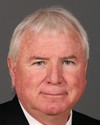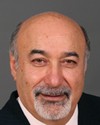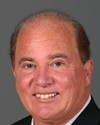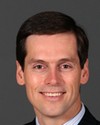Anything we have requested we have received. We have ongoing acquisitions through our specialists in operational medicine who are constantly reviewing the literature and looking for new things. The surgeon general made her comment about the one-hand tourniquets and the special dressings. That all came about by constantly reviewing the literature, looking for things we learn ourselves, looking and learning from our allies, and going out and acquiring it if we need it.
In the health services, we're not equipment heavy. We don't buy airplanes and tanks and things. We're relatively equipment light. Our key piece is personnel, but anything we've needed has been provided.
As the surgeon general also said, we acquired and deployed a CT scanner for the first time in our history on this mission. It's better than the ones the Americans have in Bagram. For the first time in our history, we had teleradiology capability, so the images are transmitted back to Canada for review. That was provided to us specifically for this mission. So we've received what we've asked for.





